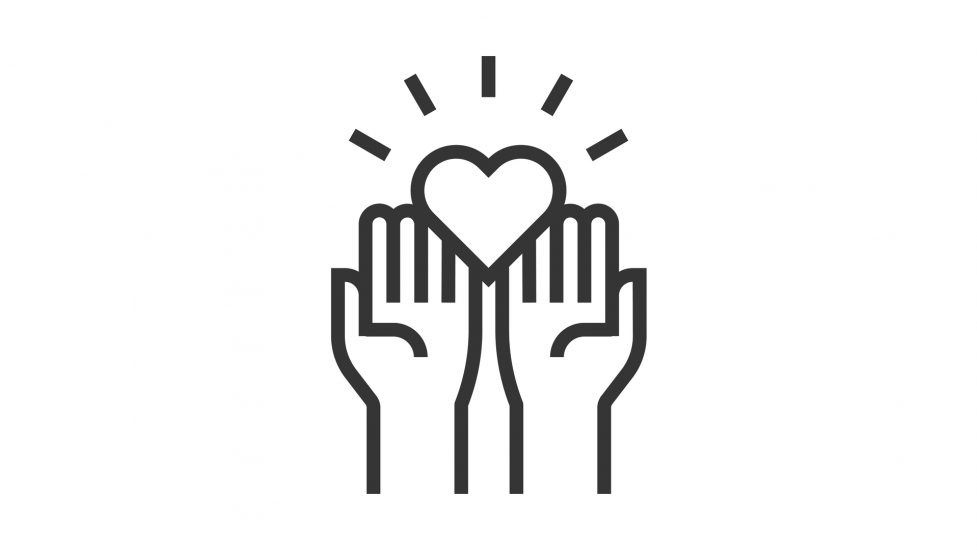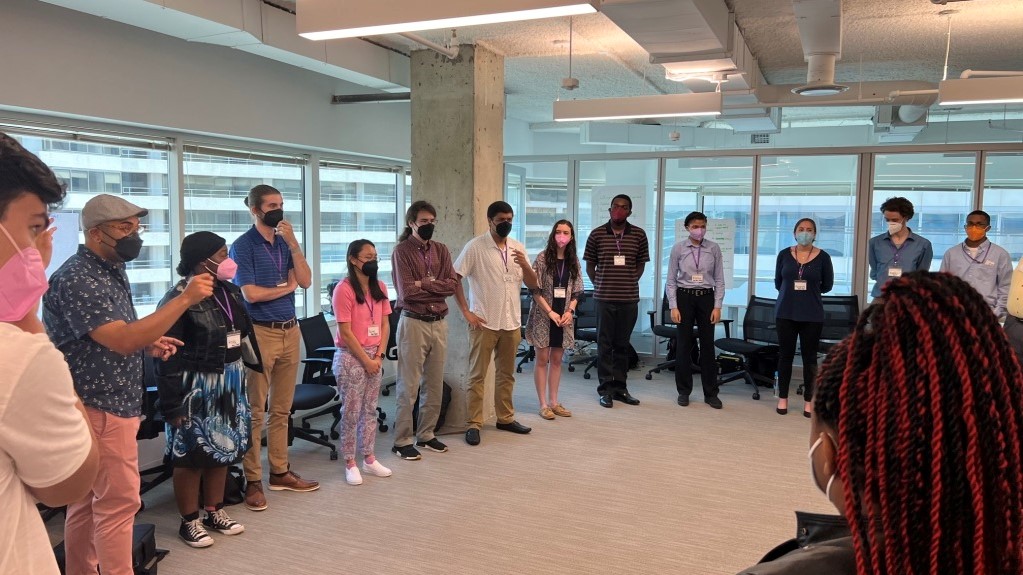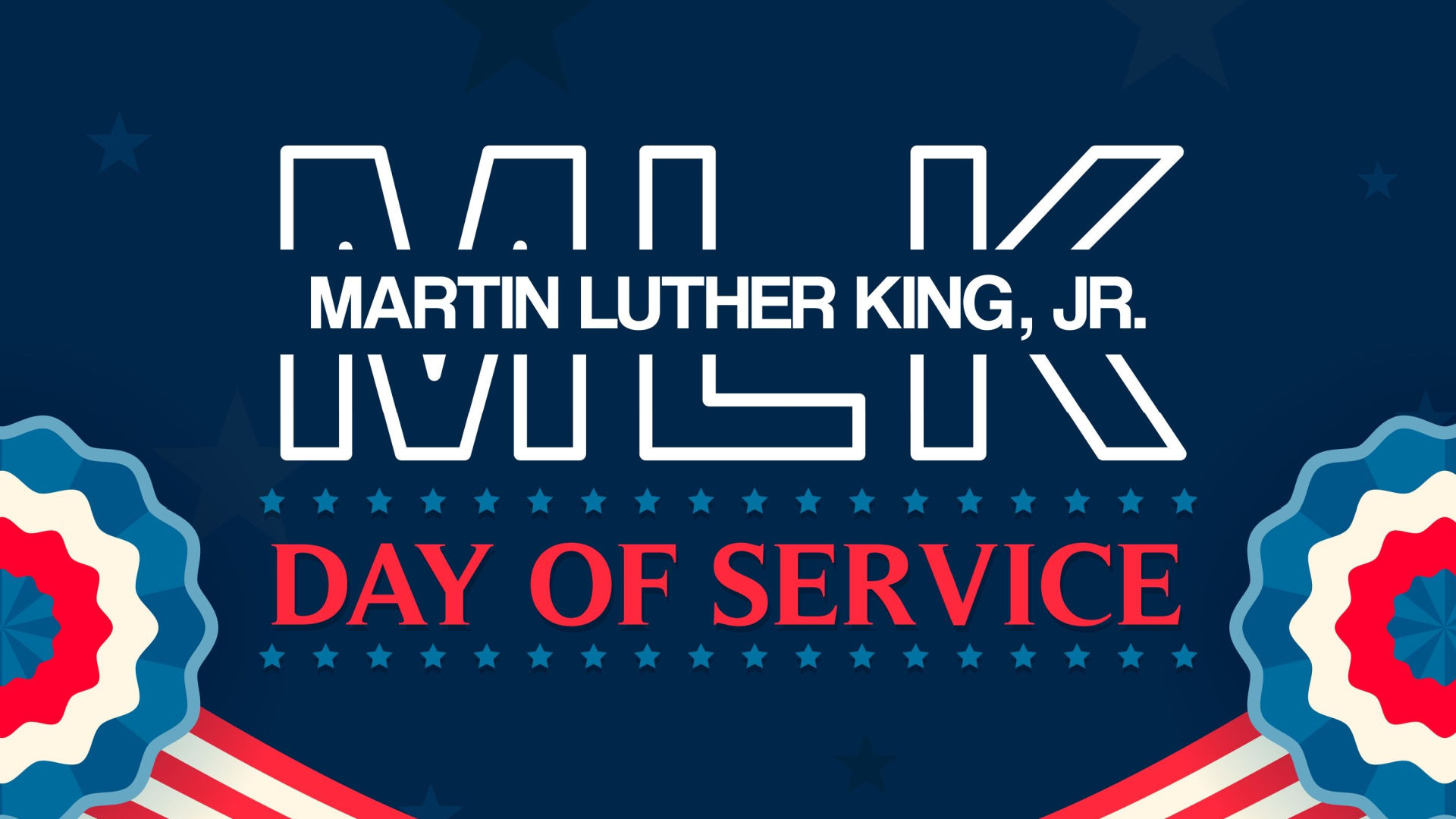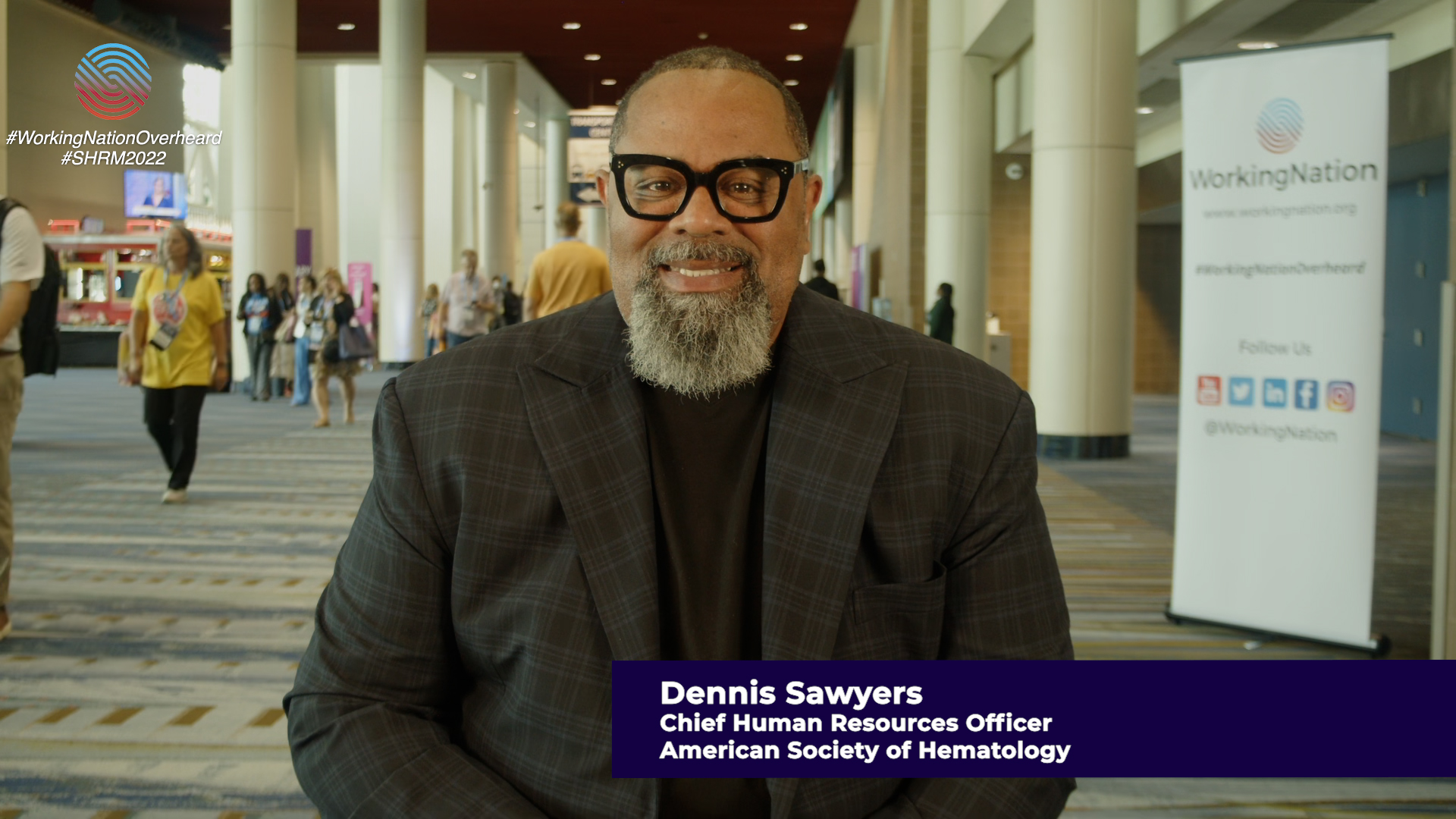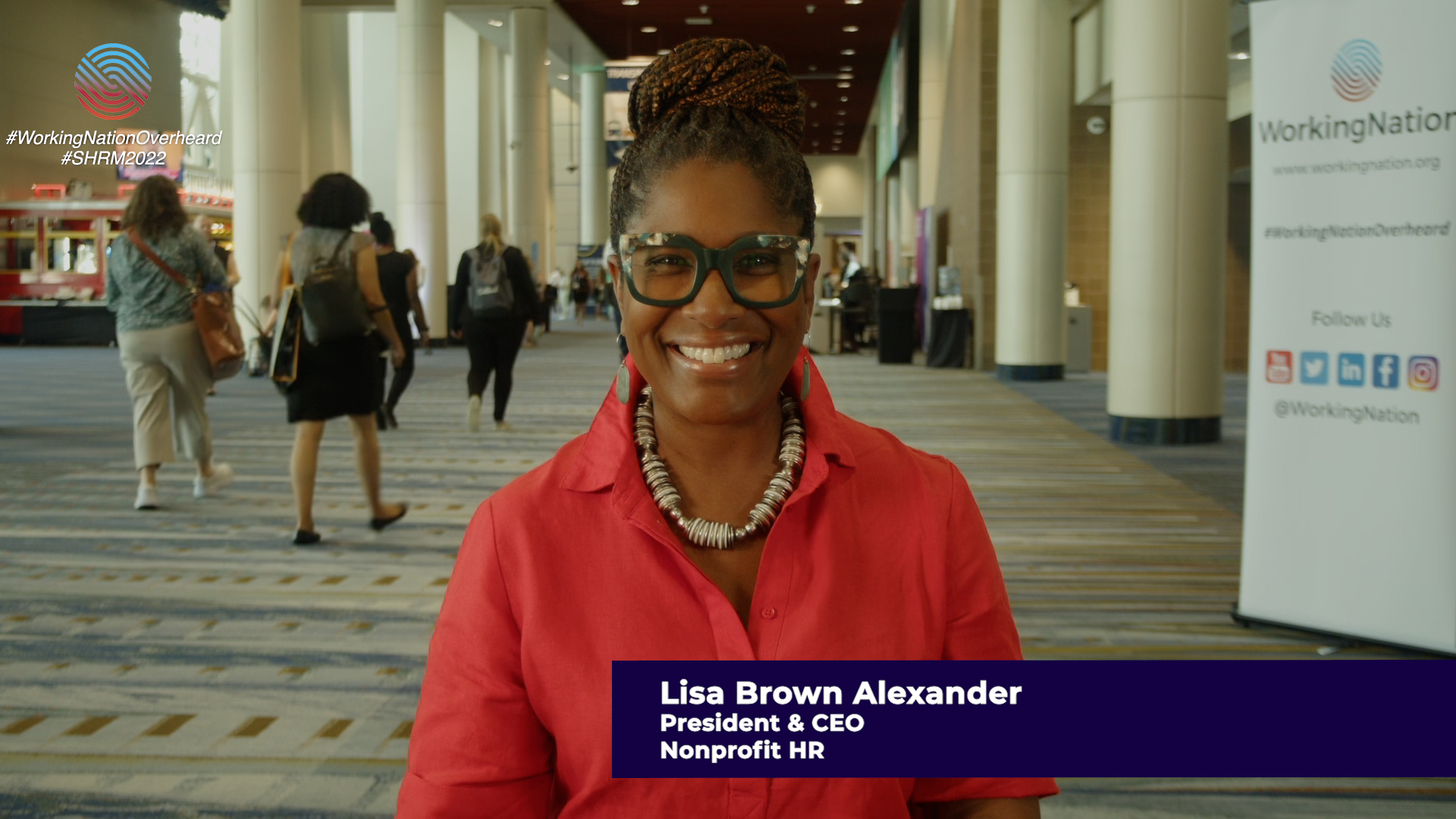As the country continues to navigate an uncertain economic time, nonprofits have become an invaluable source of aid in everything from job hunting to housing to food assistance. Large national organizations such as Habitat for Humanity, the YMCA, Goodwill Industries, and the United Way report huge jumps in the number of calls and requests for help in the past two months. Services from smaller nonprofits operating locally are also in demand.
In addition to providing services for people in need of financial, physical, mental, or spiritual comfort, nonprofits have been one of the nation’s top employers for more than a decade. More than 12.4 million Americans were employed by nonprofits before COVID-19 and as much as 70 percent of a nonprofits’ overhead costs go to paying salaries.
Listen to the latest Work in Progress podcast on Answering the Financial SOS from Nonprofits
Stretched to the Limit
“Unprecedented times call for unprecedented measures,” said Brian Gallagher, president and CEO of United Way Worldwide. “The pandemic is already causing individuals and families, particularly those most vulnerable, to make stark decisions about their lives and livelihoods. To put it bluntly, nonprofits meet these people’s needs and many are being stretched to their limits.”
Contributions are down due to cancelled fundraisers and donors are being more conservative because of their own circumstances. Many local charities report “mounting financial, technological and programmatic challenges,” according to the Nonprofit Institute at the University of San Diego.
“There is no one sector of sub-sector of the nonprofit sector that can consider themselves safe because all of them are facing different economic realities,” says Rick Cohen, chief operating officer of the National Council of Nonprofits.
Like most other organizations, nonprofits have responded to the various shelter-in-place and shutdown orders in similar ways. If they’re operating, most have enabled remote working for existing employees but that’s been difficult, Cohen says, because not every worker has access to equipment such as computers or high-speed internet at home.
Other organizations like food banks have ramped up in-person services with health safety precautions in place.
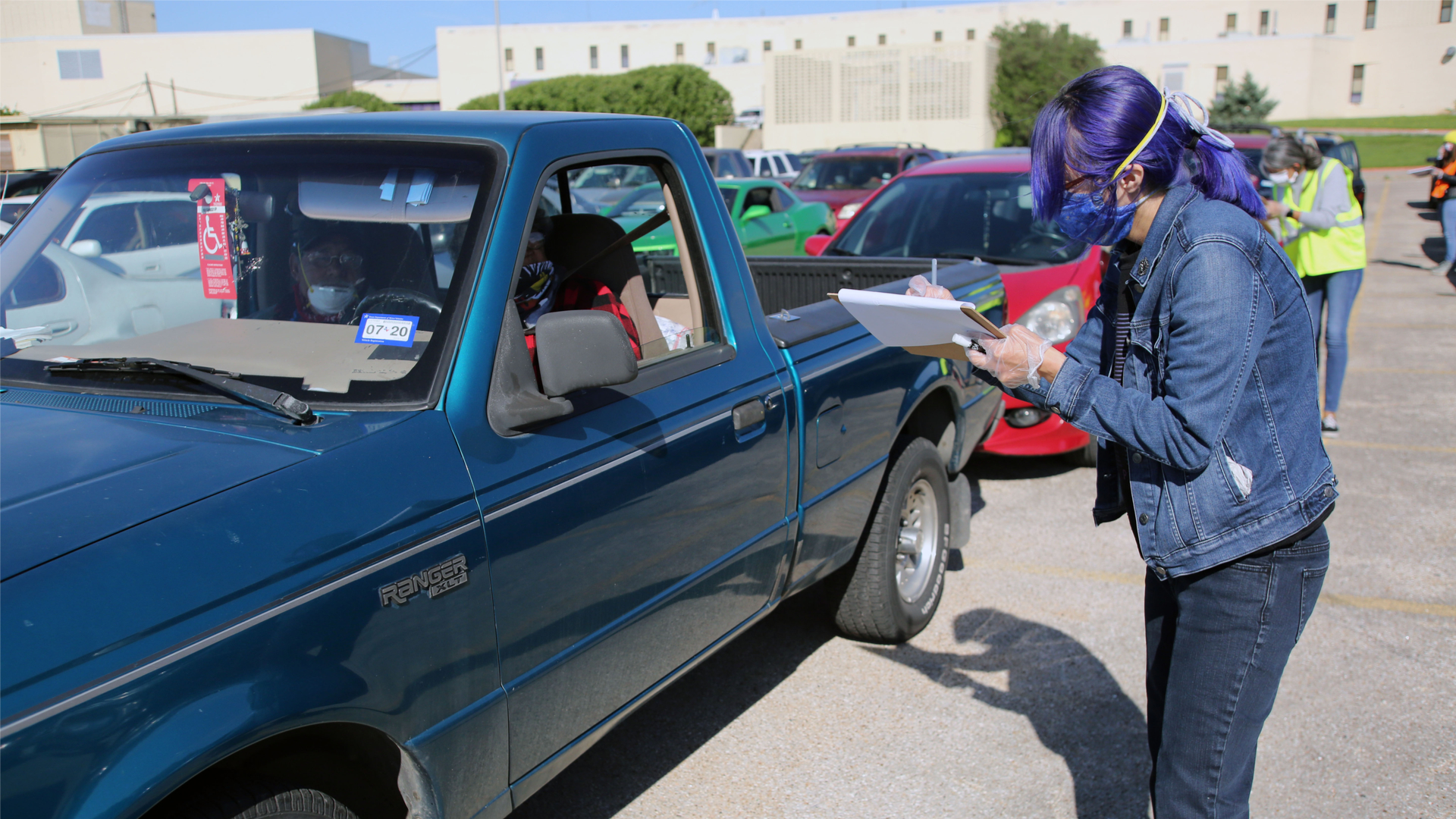
Understandably mental health services are needed to manage those suffering from COVID-19-induced stress and anxiety. Cohen says while many of these types of services can be provided remotely, it’s not that simple.
“Looking at the organizations that provide mental health assistance or substance abuse assistance, they can move their operations to virtual but that’s a whole different kind of challenge,” he says. “They’re trying to set up video visits with people. But there are just a variety of challenges across the spectrum (for that kind of treatment) and that’s not even starting to take into account the economic issues surrounding us all right now.”
Cultural Arts Hit Hard
Since the first case of COVID-19 was reported in the United States in January, nonprofit arts and cultural organizations report almost $5 billion in losses, including 328,000 jobs. Close to 12,000 of those organizations (about 10 percent) say they are “not confident” they will survive the pandemic.
“At community theaters or performing arts centers, you’re seeing devastation. Obviously they can’t be holding performances now. So whether they’re a performer or box office person or administrative staff, they’re probably seeing some negative effects,” he tells WorkingNation.
But, Cohen points out, many of these nonprofits are finding ways to share the arts during the pandemic. “Many rare providing us with our only escape right now, with performers posting videos of themselves performing beautiful pieces of classical music from home, using Zoom to put together a performance of musical theater because they can’t all be in the same place at one time. That kind of thing right now it helps with our mental health.”
Funding in an Economic Downturn
While many companies have received some government assistance through the Coronavirus Aid, Relief and Economic Security (CARES) Act, Cohen says nonprofits didn’t fare as well in the first round of funding, mostly because the complexity and detail of the type of information lawmakers needed to make decisions didn’t exist yet.
His and other nonprofit groups are hoping the new provisions specifically for nonprofits in the Health and Economic Recovery Omnibus Emergency Solutions (HEROES) Act will provide the safety net their industry needs.
Nonprofits are Still a Good Career Pathway
For those who are unemployed, Cohen encourages job seekers to look to nonprofits because there are still organizations that are in search of workers. While it’s too early to see any trends, he encourages anyone who enter the interview process to ask about the financial footing of the organization. Ask to see their Form 990 and sources of revenue so they have an understanding about the nonprofit’s stability.
“No organization wants to hire somebody and have to lay them off a short time later. So, you have to think if they’re hiring, they’re feeling secure enough that they’ll be able to support that position,” he says.
If you have more time and resources to do more training and education, he recommends a group called Boardsource—which specializes in supporting people who serve on nonprofit boards—for webinars that can provide an understanding of the dynamics of working at a nonprofit. Many universities offer online classes and certificates in nonprofit management, likely a more “achievable” and affordable option, if you don’t have income coming in, he says.
While a economically volatile time for nonprofits, Cohen says nonprofits will survive.
“Every nonprofit exists for an essential reason. While you see some that are providing every day human needs it doesn’t diminish the work of organizations trying to save the environment. It doesn’t diminish the work of mental health orgs. It doesn’t diminish the work of arts organizations,” he says.
“This is a time when we are seeing the appreciation for all types of nonprofits is increasing, not only the ones that may be putting food on the table or roof over their heads, but everyone is providing something essential in their own way.”

